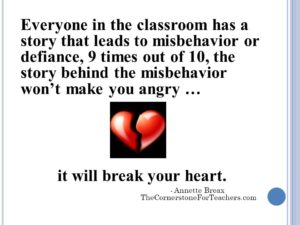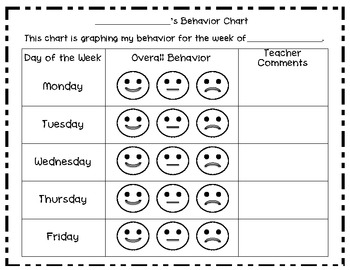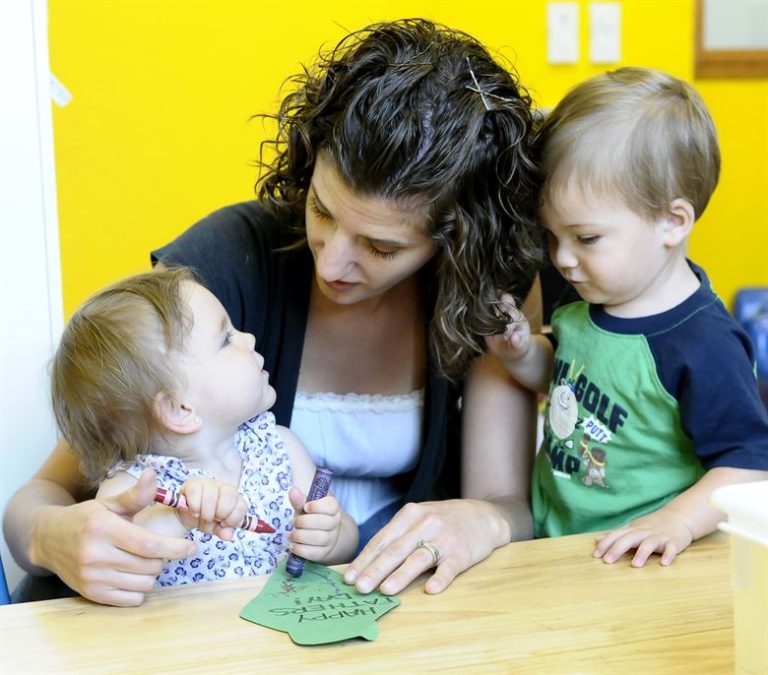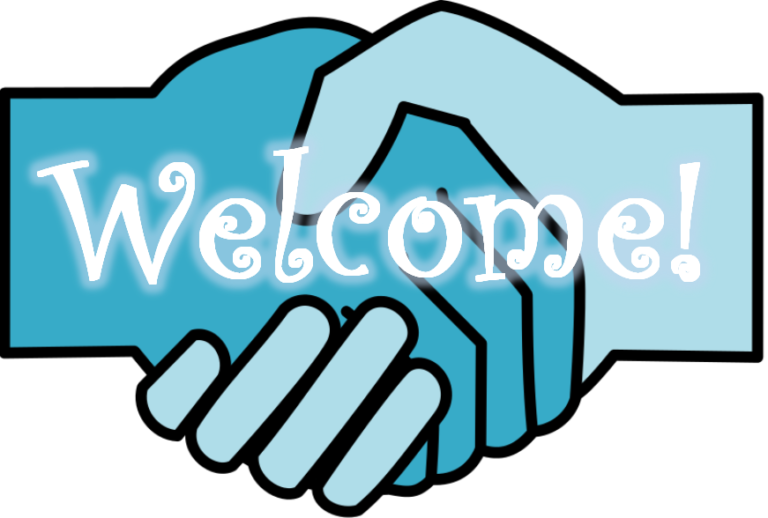Behavior Charts: Good or Bad?
I recently taught a class in which we talked about behavior charts in the classroom. Behavior charts come in all different varieties. They might be forms sent home with parents, charts on the wall, flipping cards, or the infamous stoplight systems. Do these types of things work? And are they fair?
We must inform parents about what is going on with their child’s behavior while at child care. However, too often, behavior charts become nothing more than a way to communicate negative behaviors. It’s time that we evaluate whether behavior charts are good or bad for children. To do this, we have to look at the purpose of discipline in our classroom.
One of my favorite quotes is this:

If we reflect on this quote, our true intention with any behavior management system is to teach children. These behavior management systems rarely do that.
Why Behavior Charts Must Stop
Let’s look at some of the reasons that teachers should stop using these systems:
Behavior Charts Don’t Work
- Look at the stop light systems. The kids that are on green are always on green. And the kids that are on red are always on red. That should tell you something. If the system was really working, then the kids that are on red should quickly start moving to yellow and green rather than always landing on red. What was it that Albert Einstein said…….Doing the same thing over and over and expecting a different result is….insanity. When we implement a system like this and see the same results day after day….we should notice that it’s not really working and try something different.
Behavior Charts Can Be Shaming
- When you post the chart in the classroom or announce to the class that someone’s card is being flipped or their clothespin is being moved, you are shaming and humiliating children in front of their peers. No one wants their indiscretions announced to the world, including children. Being shamed rarely results in a child learning a better response. You wouldn’t share children’s academic progress with others….why would you share their behavioral progress?
Behavior Charts Give Children Labels
- When you consistently label a child with a bad report or constantly put them on the red stoplight, you are giving that child a role to play in the classroom and announcing it to everyone in the room. You’re labeling that child as “the bad kid” even if you never use the words. Everyone that walks in the room….parents…teachers….children….they all see who is being “good” and who is being “bad”. Give a child a role to play, and he/she will play it. It’s called a self-fulfilling prophecy.
What makes a good or bad day?
- What happens if a child has a terrible morning but a good afternoon? Or what happens if a child makes some bad decisions in the morning but then does something really nice for someone in the classroom? When we label children’s days as good or bad, we create a dark shadow that follows them around. When a child misbehaves, teachers and parents need to deal with the misbehavior in that moment and then let it go. Moving a card or filling out a behavior report is like double jeopardy. It’s two consequences for the same behavior. Instead of creating this dark shadow, give the child every opportunity to start fresh and turn things around.
You Must Account for Baseline Behavior
- Behavior charts rarely account for baseline behavior. If Johnny never hits anyone, but today he hits two people…..he had a rough day. But if Emily typically hits 20 times a day, and today she only hits 15 times….that was a really good day for her. Even though she hit people, she made some improvements. We need to make sure that we are measuring children’s progress against their own baseline behaviors…not some imaginary standard of perfection.
Do We Really Expect Perfection?
- And speaking of perfection, we often expect perfection from children. We expect them to never do anything wrong, to never be distracted, to never be disrespectful, to never be in a bad mood. And that is completely unrealistic. We need to allow children to be human.
Use Positive Guidance as an Alternative
So if we don’t use behavior charts in the classroom, what do we do? We use techniques that work. We use positive guidance strategies such as looking for the reason for the misbehavior, using logical consequences, and viewing children as humans with real emotions. There is no magic wand, but when we approach children with empathy, view misbehavior as communication, help children deal with their difficult emotions, and look for the reasons or unmet needs behind the behavior, we find that we don’t need these tools after all. Watch this video to learn more about using empathy for challenging behaviors.

Want to Learn More About Challenging Behaviors?
The Psychology Behind Behaviors is a must-have class for all teachers and parents of young children. This unique workshop blends the worlds of psychology and early childhood to help you understand why children (and adults) behave the way they do. We’ll take a deep dive into classroom behavior and look at how the brain develops and influences behavior and typical reasons why children misbehave. Teachers will walk away with a better understanding of why the children are doing what they are doing as well as insights into their own reactions. We’ll discuss concrete strategies for helping children through challenging behaviors so that teachers feel equipped to handle the children in their classrooms. Geared towards anyone who works with children of any age.







